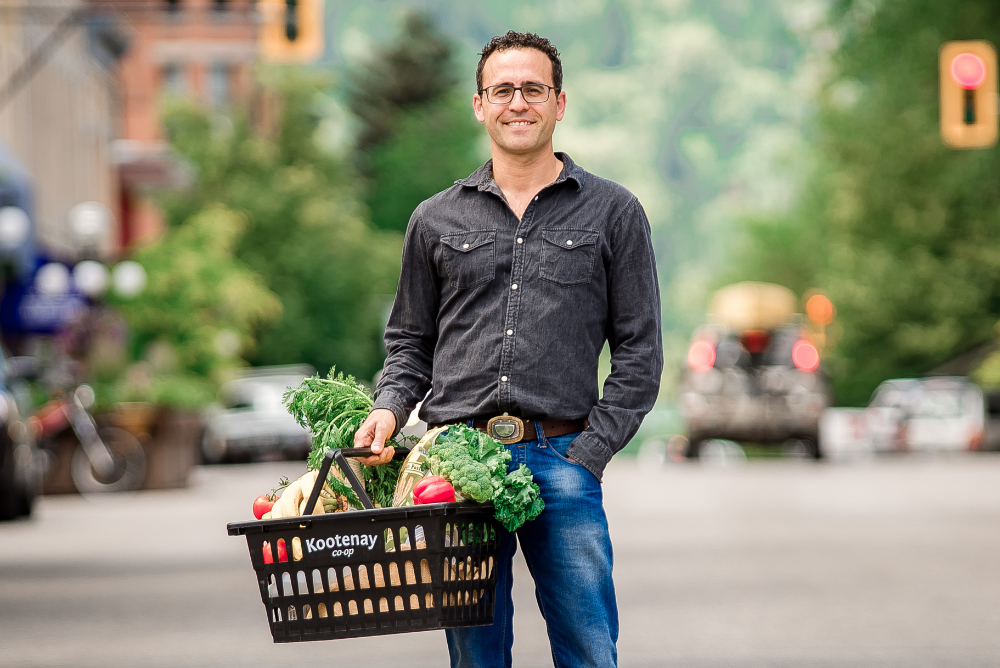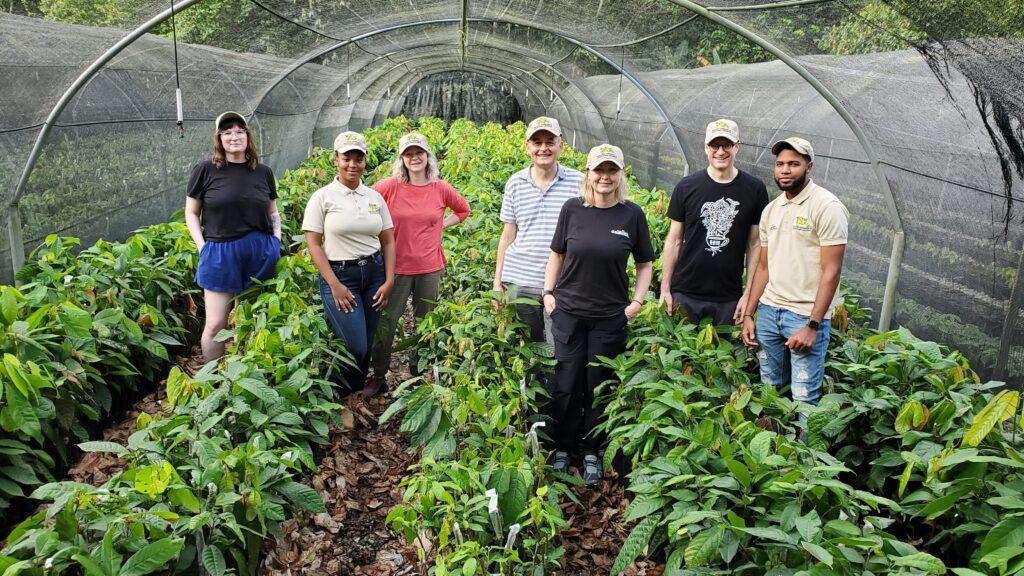 Photo: Joel Pelletier
Photo: Joel Pelletier
An interview with Jon Steinman, author of Grocery Story – The Promise of Food Co-ops in the Age of Grocery Giants
1. You interviewed scores of people in communities all over Canada and that nation to the South. What did people value most about their local co-op?
People love their food co-ops because they offer an experience of community – an experience often void in the lonely aisles of chain retailers. Walking into a food co-op can feel like walking into a bustling community center. This is certainly the case at the most successful of co-ops. The sensation is not so dissimilar to what draws people to farmers’ markets… however, ‘drawn’ might not be the best word… it’s more of a ‘hunger’ – an innate human craving for face-to-face connection and social gathering with our ‘tribe’. The hunger is particularly strong in this very young and experimental age of so-called ‘social’ media. I’ve walked into no other type of grocery store that comes anywhere close to offering the joy that is so often found at farmers’ markets.

2. Consumer Co-ops like you feature in “Grocery Story” probably only account for 1% of total grocery store sales. What explains their out-sized influence on the food retail business? How does that influence affect the overall food industry?
It’s like the famous quote from Margaret Mead – “Never doubt that a small group of thoughtful, committed citizens can change the world; indeed, it’s the only thing that ever has”. This is the history of food co-ops – always having been on the cusp of ‘what’s possible’. The dominant grocers on the other hand are not all that thoughtful – it’s not really the business they’re in. They’re really really good at influencing (or more accurately ‘coercing’) consumer demand, supplying that demand, and doing it at the lowest possible cost and the lowest price. They’re also highly ‘committed’ – committed to the bottom line and satisfying their shareholders through the maximization of profits.

Thankfully, ‘thoughtful’ is an intoxicating trait – it’s the mind hearing what the heart has to say. And the voice of the heart put into action is powerful – so powerful that for every step food co-ops and their suppliers take toward more conscientious food systems, the hearts and minds of all eaters transform with it. This shifting consciousness and the resulting changes in consumer expectations are loud enough that the grocery giants can’t ignore it. There’s much to celebrate when the largest grocers stock more and more shelves with organic food or when they commit to doing away with eggs from caged hens. No question, the work of food co-ops has been pivotal in these systemic changes within the dominant food system. Our co-op here in Nelson is well aware that folks from nearby grocery giant Save-On-Foods visit our store regularly to see what we’re up to. It’s fascinating to watch how the chain stores try to learn from food co-ops. Particularly because they often seem to trip over themselves quite regularly. They may very well be improving their product offerings, but their actions may also be harming the very intentions that the original idea had set out to achieve. As an example, when a chain grocer markets a product from 700 km away as “local”, they’re undermining the actual local foodmakers who are producing the same product. The ability of truly local foodmakers to market their product as “local” carries far less value when the chains push heavily to expand the ‘local’ definition.
This is what I communicate extensively in the book. It’s a really important distinction that sets food co-ops apart from all other grocers. Food co-ops genuinely value their local suppliers. It’s why the Kootenay Co-op refers to all local products as “True Local”. It’s why being or becoming a member-owner of a food co-op is so important. We can’t possibly keep sustaining all the mistakes and injuries that the dominant grocers may inflict through careless rushing and tripping towards a pot of gold. Shopping at food co-ops brings our food purchases into integrity.
3. My experience has been that co-ops like those you profile are owned by the consumers who shop there but the most committed individuals are the people who work there. What are some of the benefits and drawbacks of that dynamic?
If by ‘committed’ you mean committed to participating in the democratic underpinnings of the food co-op, I think you’re probably correct. Employees are generally more engaged than shoppers. They often make up a notable contingent of the members who attend our annual general meetings of the Kootenay Co-op. I see this as a promising sign as I’m pretty sure one of the reasons many employees are so engaged with the democratic processes of their co-op is that they really truly understand how special and important their co-op is. How could they not, they’re immersed in it day-to-day. This is what I try to achieve in the book – to share what makes food co-ops so important and to inspire the wild enthusiasm that I know I myself have towards my own food co-op.
4. What was the most surprising thing you learned in doing research for your book?
It was certainly a surprise to learn of just how extensive the resistance was to the rise of chain grocers in early to mid-20th century America. Louisiana Governor, Huey Long might have captured it best when in 1934 he said, “I would rather have thieves and gangsters than chain stores in Louisiana.” In the same way we are witnessing today the raw impact of online retailers on the future of brick-and-mortar retailers, or the impact of online media on the future of print media, early-mid 20th century business-owners and civic-minded folk were the first to witness the raw impact of chain retailers and their distant headquarters on the heart and soul of ‘main street’ and on the well-being of food- and farm-based businesses. The efforts that were made at the highest levels of government to either prevent or restrict the growth of chains is astounding. You’ll just have to read the book to learn more !
5. We saw on-line the photo of the writing hut you used for this book. It’s awesome. Any chance you’ll pop that on a trailer and take it with you for book tour?
Funny. The writing hut was definitely not designed for travel. Wouldn’t be very fuel efficient.



